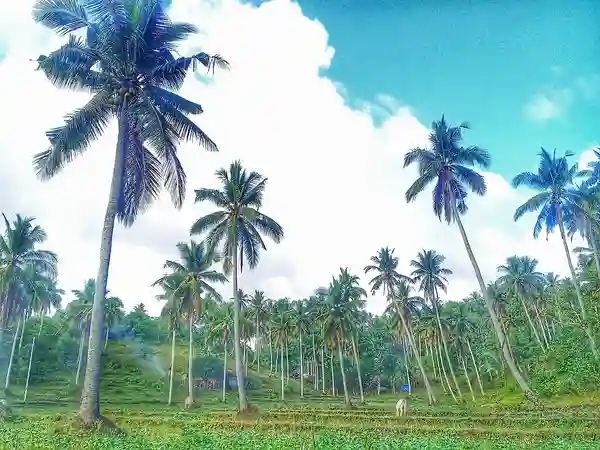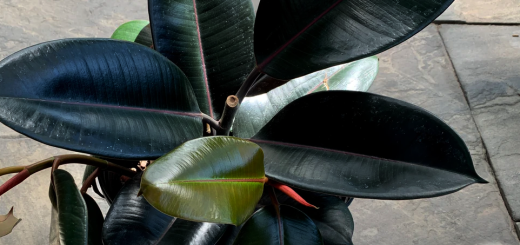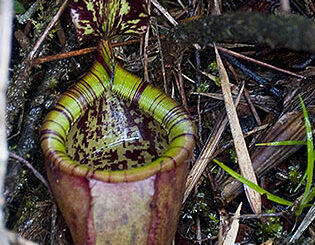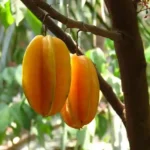Coconut Tree – The Tree of Life in the Philippines

In the heart of the tropics, where the sun generously kisses the earth and the breeze whispers through the palms, stands a symbol of resilience, abundance, and tradition—the coconut tree. In the Philippines, this tree is more than just a plant. It’s a cultural icon, an economic lifeline, and a testament to the resourcefulness of the Filipino people. Known locally as the “Tree of Life,” the coconut tree touches nearly every aspect of Filipino life.
A Staple of the Landscape
Travel through any Philippine province—from the sun-drenched coasts of Palawan to the lush highlands of Mindanao—and you’ll find coconut trees dotting the scenery. With over 3.6 million hectares of land planted with coconut, the Philippines is one of the world’s top producers. These towering trees thrive in the country’s tropical climate, growing up to 30 meters tall and bearing fruit all year round.
Coconut Tree: The Economic Backbone
Coconuts are not just decorative; they are vital to the Philippine economy. The country exports billions of dollars worth of coconut products annually, including copra (dried coconut meat), coconut oil, coco coir, and desiccated coconut. Millions of Filipinos depend on the coconut industry for their livelihood—especially small-scale farmers in rural communities.
More Than Just Fruit
What truly sets the coconut tree apart is its versatility. Nearly every part of the tree can be used:
- Fruit: The coconut fruit provides water, milk, and meat, which are essential in Filipino cuisine. Dishes like ginataang gulay, buko pie, and laing wouldn’t be the same without coconut milk.
- Leaves: Woven into roofs, baskets, or mats, they’re commonly used in traditional crafts.
- Trunk: The sturdy wood is used in building houses and furniture.
- Husk and Shell: Used as fuel, scrubbers, or even as activated carbon for filtration.
- Coco Coir: The fiber from the husk is transformed into ropes, mats, and even biodegradable plant pots.
Cultural Significance
Beyond its economic value, the coconut tree holds deep cultural roots. In many rural communities, it is seen as a symbol of sustenance and survival. Children drink coconut water as a natural refreshment, elders teach the art of climbing coconut trees, and families gather under its shade. Even traditional dances and local festivals pay homage to the coconut and its many uses.

Coconut crafts – Source: https://commons.wikimedia.org/wiki/File:Coconut_production_in_the_Philippines4.jpg
Challenges and Sustainability
Despite its significance, the coconut industry faces challenges. Many trees are old and less productive, and farmers often struggle with low incomes and limited access to modern agricultural technology. Climate change and typhoons also pose serious threats. However, efforts are underway to rejuvenate the industry through replanting programs, research on high-yield varieties, and value-added processing.
Coconut Tree – A Worth Celebrating
Whether you’re enjoying a refreshing buko juice on a hot day, cooking with gata, or marveling at a handmade walis tingting, you’re experiencing the many gifts of the coconut tree. In the Philippines, it’s more than just a source of food or income—it’s a symbol of life, resilience, and unity.
So the next time you see a coconut tree swaying gracefully in the tropical breeze, remember: you’re looking at a national treasure.
Learn more about trees in The Philippines.
References:
https://en.wikipedia.org/wiki/Coconut_production_in_the_Philippines










